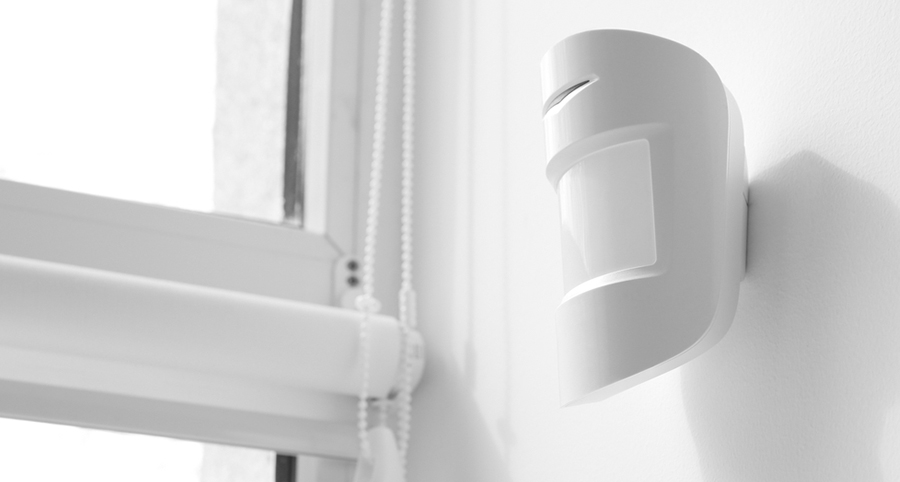
How Do Motion Sensors Work In San Francisco?
You understand the fundamental purpose of motion sensors is to signal your alarm when movement is detected. But how do they work? What kind of technology do they use, and are they necessary? This straightforward explanation will answer your questions and provide clarity on why these components are such an important facet of your home’s security.
In What Ways Are San Francisco Motion Sensors Implemented?
If you’re thinking about the number of motion sensors you’ll require, you should know that the zone they provide coverage for can vary widely from as little as six feet up to a distance of 70 feet. If needed, you are able to obtain models that can increase your coverage even more. These tools are commonly found in features like outdoor flood lights. When they detect unusual activity, they prompt your lighting and illuminate your surroundings.
In addition to lights, you’ll also see motion sensors in surveillance systems like the ADT outdoor security camera. This versatile camera can be programmed to send notifications and even video clips to your smartphone when movement is detected.
Active Motion Sensors
Active sensors, as the name suggests, continuously emit some kind of signal and then record the rate of return. When there is a sudden alteration in the response time, movement is indicated and your security system is warned. Microwave sensors are the most widespread kind of active device. You will also come across ultrasonic sensors that utilize sound waves and area reflective sensors that assess the response rates of infrared light.
Passive Infrared Motion Sensors
Another one of the most ubiquitous kinds of motion detection devices in San Francisco is the passive infrared --or PIR-- motion sensor. Unlike active devices, they don’t constantly emit a signal. Instead, they will notice changes in temperature in a designated area. A rapid increase in heat, like someone walking through a room, will trigger the sensor.
If comparing to active sensors, PIR devices require a lower amount of power, are easier to operate, and are more cost-effective. As an additional advantage, you may change the degree of sensitivity in most cases. For instance, the animal-friendly ADP motion sensor is able to be set to ignore tail-wagging occupants less than 60 pounds.
Some Other Types Of Motion Sensors
You should be aware that there are more than passive and active detectors. In fact, there are some kinds that use two or more methods of sensing. Usually identified as hybrid, dual technology, or combined sensors, these options assist in minimizing false alarms as both types of sensors need to be tripped for your alarm to engage. You might even see vibration sensors and tomographic motion devices that are typically employed in bigger commercial spaces.
Design A Security Package With Motion Sensors in San Francisco
Since you now have an enhanced understanding of how motion sensors work in San Francisco, it’s time to order your own home security system with these essential devices. If you get them as part of a package, you’ll enjoy peace of mind knowing they function properly with your additional components. Touch base with Secure24 Alarm Systems today and give our professionals a chance to help you find the right system for your property. Call (415) 966-3602 or complete the following form to get started.
